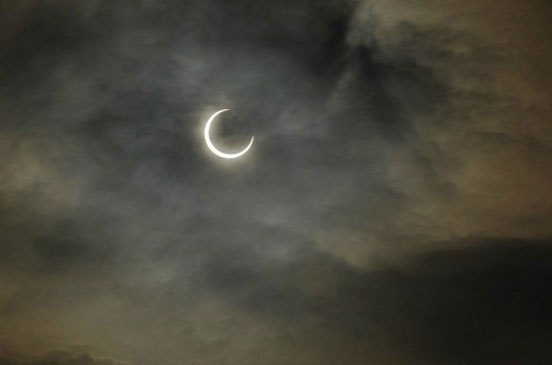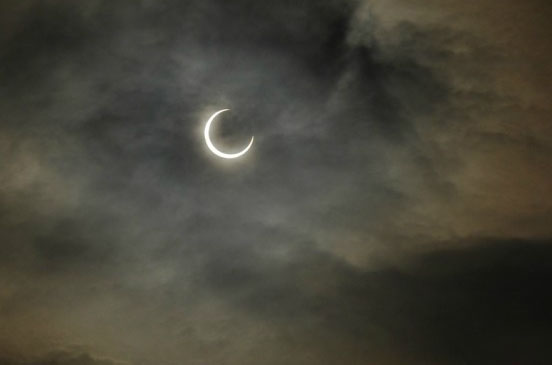
On Monday, Aug. 21, 2017, a total eclipse will cross the entire United States, coast-to-coast, for the first time since 1918. Weather permitting, the entire continent will have the opportunity to view an eclipse as the moon passes in front of the sun, casting a shadow on Earth’s surface.
The Walton area will see eclipse at: 1:38 p.m.
Viewable: 88.7%
Obscuration: 82.7%
NASA Television will air a multi-hour show, Eclipse Across America: Through the Eyes of NASA, with unprecedented live video of the celestial event, along with coverage of activities in parks, libraries, stadiums, festivals and museums across the nation, and on social media. Go to https://www.nasa.gov/eclipselive for live coverage of the event.
Only an estimated 12 million people live within the relatively narrow area of the total eclipse. However, several major cities and five state capitals fall within the path of totality—the narrow band where the moon completely blocks the sun’s face. Visit the CICS-NC interactive map (link is external) to search for an optimal viewing location by zip code.
Try the interactive eclipse map
The interactive map provides greater detail about viewing the eclipse across the nation. The map lists a “viewable” percentage for each reporting location based on predicted cloudiness. The viewable percentage represents the likelihood of skies being clear enough for the eclipse to be visible. A higher percentage means a viewer is more likely to have a view unobstructed by clouds.
Although skies will dim for many, day will turn to night only beneath the path of totality, approximately 70 miles wide on the surface. The farther away from the path of totality, the less the moon will cover the sun from the viewer’s standpoint. Most people will see a partial eclipse due to their location outside the totality.
Eclipse essential: protect your eyes
It’s important to take precautions when viewing the eclipse. The partial phases of the eclipse can last between 2 to 3 hours; at its longest, the total eclipse will last 2 minutes and 40 seconds. Direct viewing of the partial phases can cause permanent damage to your eyes because of the intensity of the sunlight. The eclipse should only be viewed with protective eyewear designated for use during an eclipse. Ordinary sunglasses or 3D glasses lack sufficient protection. Also, avoid viewing through unfiltered cameras, telescopes, binoculars, or other optical devices.
However, if weather cooperates during the few minutes that the sun is completely eclipsed in totality, the brief interval is as safe to view as a full moon.

